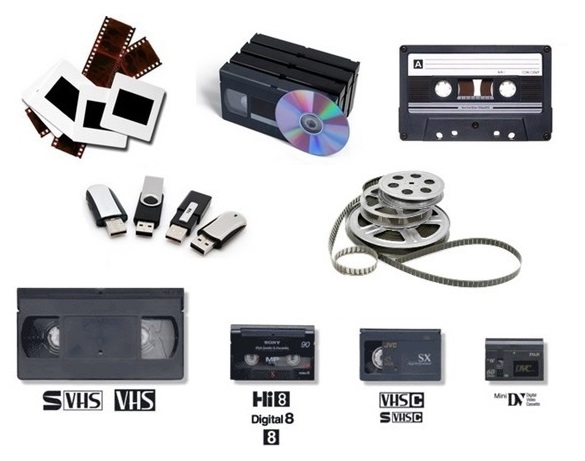Welcome to Stinstoun Digital – the new name for CineFilm2DVD 😀
You can find out more about the acquisition by clicking here.

Stinstoun Digital offer a wide range of analogue to digital media conversion services across the UK.
Our team have over 23 years experience working in Digital Media and IT. We never outsource, and are responsible for your project from the initial enquiry, right through to completion.
Some of our services include:-
- Video Conversion (VHS, VHS-C, Betamax, 8mm, Hi-8, Digital8 and MiniDV)
- Cine Film Conversion (8mm, 9.5mm, 16mm)
- Audio Cassette Conversion
- Reel-to-Reel Tape Conversion
- CD, DVD and BluRay Digital Conversion
- Disc Duplication
- Memory Card Conversion
- Magnetic Storage Conversion
- Image Scanning (Photos, Slides and Negatives)
- Photo Restoration
- PC & Laptop Repairs and Upgrades
If you would like further details on any of our services or to place an order, please click here to fill in the enquiry form. We respond to all enquiries within 24 hours.
For details of areas covered for collection and delivery, please click here. For drop off points, please click here.

